10 Tastiest Nutrient-Dense Foods From Around the World

Key Takeways
From lean protein and lentils to low-fat dairy and leafy greens, everyone's got a different idea of what constitutes a perfectly healthy diet. And if you didn't know already, ours is a balanced mix of it all!
Healthy fats, good quality meats, dairy products, proteins, whole food carbohydrates... if your body responds well to it, there's no reason to cut any of it out of your diet completely.
Instead of the type or amount of food you eat, you should focus on the amount of nutrients you're adding to every meal. Nutrient-dense food may be a better indicator of how healthy your diet is. Although there's no one-size-fits-all, it's an excellent way to ensure you're not consuming empty calories or undereating.
What is Nutrient-Dense Food?

Nutrient-dense foods are those that are high in nutrients, and provide your body with essential vitamins, minerals, and energy. According to the National Cancer Institute, nutrient-dense food contains "vitamins, minerals, complex carbohydrates, lean protein, and healthy fats."
So your diet could include anything from whole grains to dairy, brown rice and sweet potatoes to your favorite types of fish—the sky's the limit as long as it's a food high in nutrients. It’s really all about making your calories count. Which makes healthy eating sound a lot more fun, doesn't it?
According to Dietary Guidelines for Americans, a selection of nutrient-rich foods in your diet can help promote good health and prevent diseases and health issues. And since research suggests a large percentage of people don't get the nutrients they need for a healthy diet, it's a good time to start focusing on what you can add to yours.
The next time you're at the grocery store, instead of sticking to stereotypical veggie and whole wheat options (don't get us wrong, they're excellent additions too), pick from a variety of food groups. After all, when it comes to foods that are good for everything from overall wellness to heart health, we're sure there's something you love on the list. And if you're stumped for ideas, take a look at some of our favorites.
10 Nutrient-Dense Meals We Love
Tired of the usual dinner rotation? Want a diet with health benefits, nutritional value, and great taste? Luckily for you, there's a host of foods and food groups to pick from. And if you've got a palate as diverse as ours, you're in for a treat.
There's flavorful, nutrient-dense food across the globe, and we're bringing you our favorites to help you on your journey to a nutrient-rich, palate-pleasing meal. Here are just 10 nutrient-dense meals we can't get enough of:
1. Sushi [Japan, Asia]
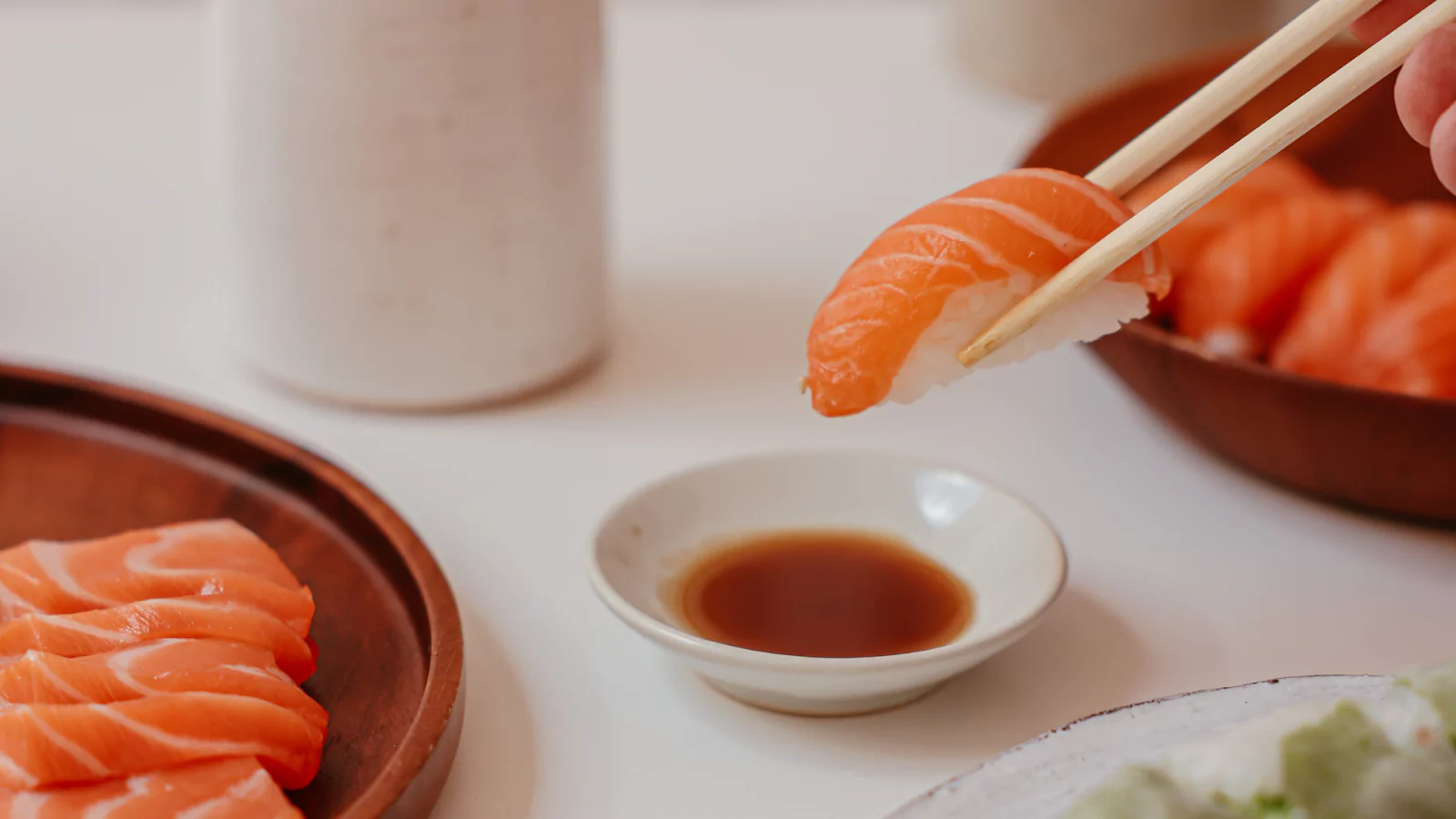
From maki to nigiri, salmon to sashimi, this dish is a global favorite, and for a good reason. Sushi is a Japanese dish made from cooked rice and fresh seafood, rolled into a cone-shaped hand roll or served as individual pieces on a plate.
Accompaniments usually include soy sauce, wasabi, and pickled ginger. If you're looking for nutrient-dense food that's also delicious and easy to prepare, sushi is a great option. It sounds complicated, but it's surprisingly easy to make this healthy food at home—but make sure you're using the right ingredients.
Sushi includes cooked seafood, rice, and vegetables, all of which have an array of nutrients. For example, the nori (seaweed) used to make maki contain everything from vitamin A and vitamin B12 to micronutrients like iron and calcium.
The nutrient-rich food is also usually (we can't speak for all the variations) low in fat and calories, making it a good option for people interested in weight loss. And it's also high in protein and omega-3 fatty acids, which are essential for maintaining a balanced and healthy diet.
Our dietitian and nutrition manager, Carlee Hayes gives us a pro tip here to keep it healthy. She says, “Commercially produced sushi is often high in added sugars and carbohydrates (did you know they add sugar to sushi rice?!), but you can make this meal healthier by opting for sashimi varieties, swapping the white rice for seaweed rolls and starting your meal with some high quality protein—think cucumber or seaweed salad, or some edamame.”
2. Arroz con Gandules [Puerto Rico, North America]

Arroz con Gandules is a traditional Puerto Rican dish made with rice, pigeon peas, and pork. The dish is typically served as a main course, although we love it so much we'd eat it at any meal.
The rice and pigeon peas are packed with fiber, protein, and essential vitamins and minerals. Pork can be a good source of the water-soluble B vitamin thiamin, which can affect energy metabolism.
A pro tip from Hayes here to keep it healthy, is to swap the vegetable oil the dish usually uses for more nutrient-dense oil like olive oil. She explains, “Refined oils are stripped of their nutrients, so this is a way to boost nutrient-density in this meal.”
Made this way, Arroz con Gandules is flavorful and nutritious, making it a popular choice for family dinners. It's also pretty easy to make, especially with this easy recipe.
3. Louvi [Greece, Europe]
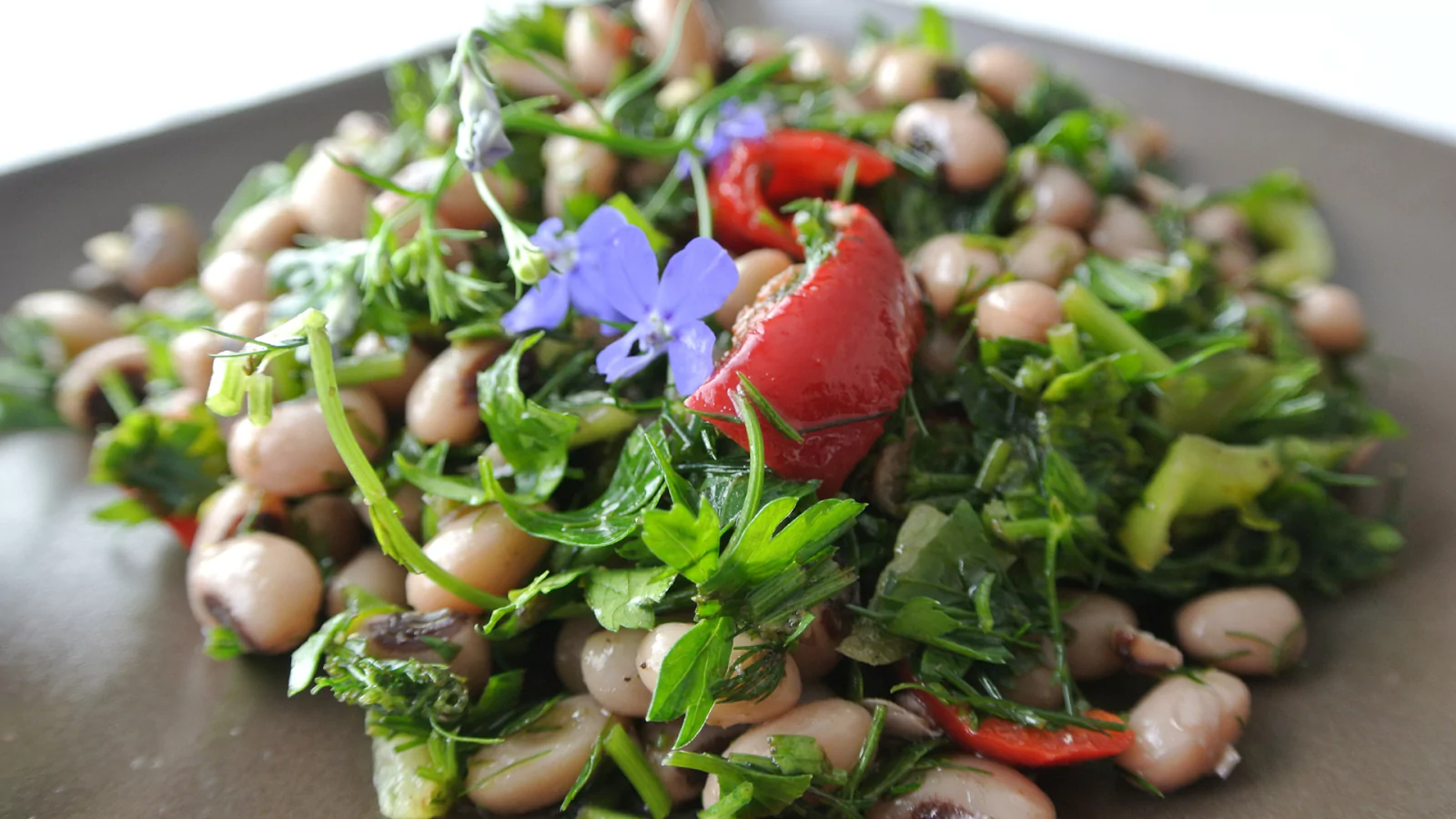
Louvi, a black-eyed bean salad from Greece, is a delicious, healthy dish perfect for any occasion. This salad is simple to make and includes just a few ingredients. Black-eyed beans are combined with olive oil, vinegar, and herbs to create a flavorful and satisfying salad.
Why do we love it? Apart from how good it tastes, it's an easy way to add a lot of macronutrients and micronutrients to your diet. Black-eyed beans are a good source of protein and fiber. The chard is a good source of vitamin A, vitamin K, and vitamin C. There's also fiber and vitamin C-filled lemon zest in some versions. On the whole, this salad is also low in calories.
So, if you're looking for a healthy and delicious new salad to try, look no further than this black-eyed bean one.
4. Kimchi [Korea, Asia]

Kimchi is a fermented cabbage dish popular in Korea and other parts of Asia. It's a traditional Korean dish made with fermented vegetables, typically spicy and sour, with a strong flavor that we can't get enough of.
The ingredients and seasonings can vary, but the dish typically includes napa cabbage, daikon radish, garlic, ginger, and chili pepper. Kimchi can be eaten alone as a side dish or added to other dishes like stir-fries and soups. It's also a popular ingredient in other Korean dishes.
Kimchi is high in vitamin A, vitamin B, vitamin C, and fiber. So it's no surprise it has many health benefits. It’s gut-healthy, helping your body build good gut bacteria. And it may even help lower cholesterol levels and support heart health.
This kimchi recipe is easy to follow and packed with nutrients. Enjoy it by itself, add it to a rice dish, or use it as a garnish.
5. Chana Masala [India, Asia]
Chana Masala is a traditional Indian dish made with chickpeas and spices. There are many variations to this dish, but it's always a flavorful, hearty treat regardless of how you make it.
It's a popular dish in India, Pakistan, and Bangladesh. You can eat Chana Masala as a main course or side dish, with naan bread, roti, or rice. And if you're vegan or gluten-free, you're going to love that you can include it in your healthy diet without many (or any, depending on the recipe) modifications.
Chickpeas are high in protein and fiber and contain essential vitamins and minerals. The spices used in the masala are known for their anti-inflammatory properties. All of this makes this dish a healthy food choice for anyone looking for a filling, satisfying meal.
6. Ratatouille [France, Europe]
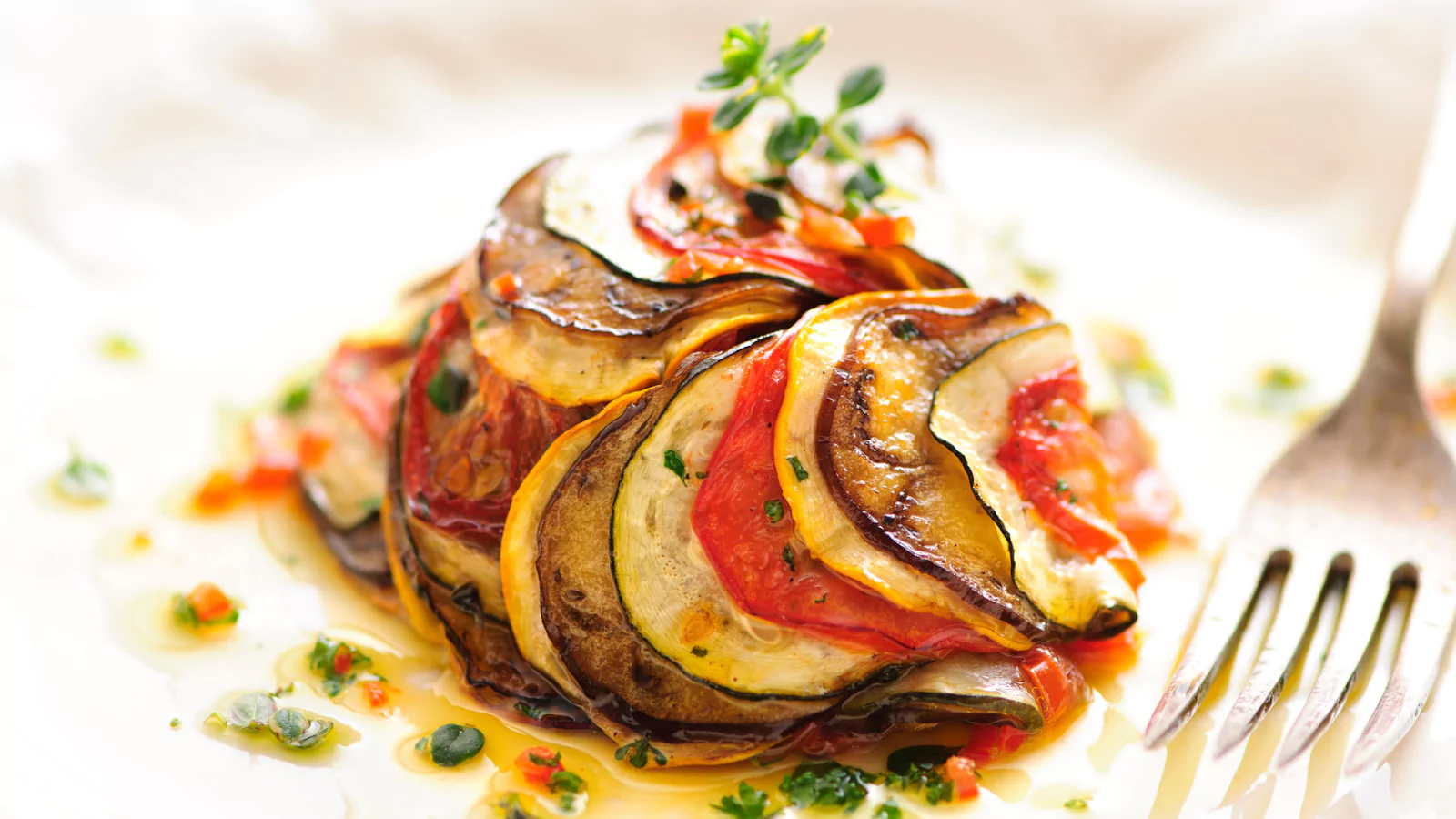
Ratatouille is a French dish that many people are familiar with but may not know the history or ingredients of—and they're pretty interesting. The vegetarian dish consists of all our favorite veggies—eggplant, zucchini, and tomatoes—stewed in olive oil.
Ratatouille comes from the French word "touiller" which means to stir around. This dish has been around for centuries, mentioned by famous French author Alexandre Dumas in his 1873 novel La Dame Aux Camélias. The stewed vegetables are then simmered with garlic, tomatoes, and herbs until they reach the desired consistency.
Why should you include it on your list of nutrient-dense foods to try this month? Ratatouille has antioxidants, fiber, and vitamins like potassium. Like most dishes, there are many variations, but try this easy, delicious recipe to start with. Bon appétit!
7. Boule [Chad, Africa]
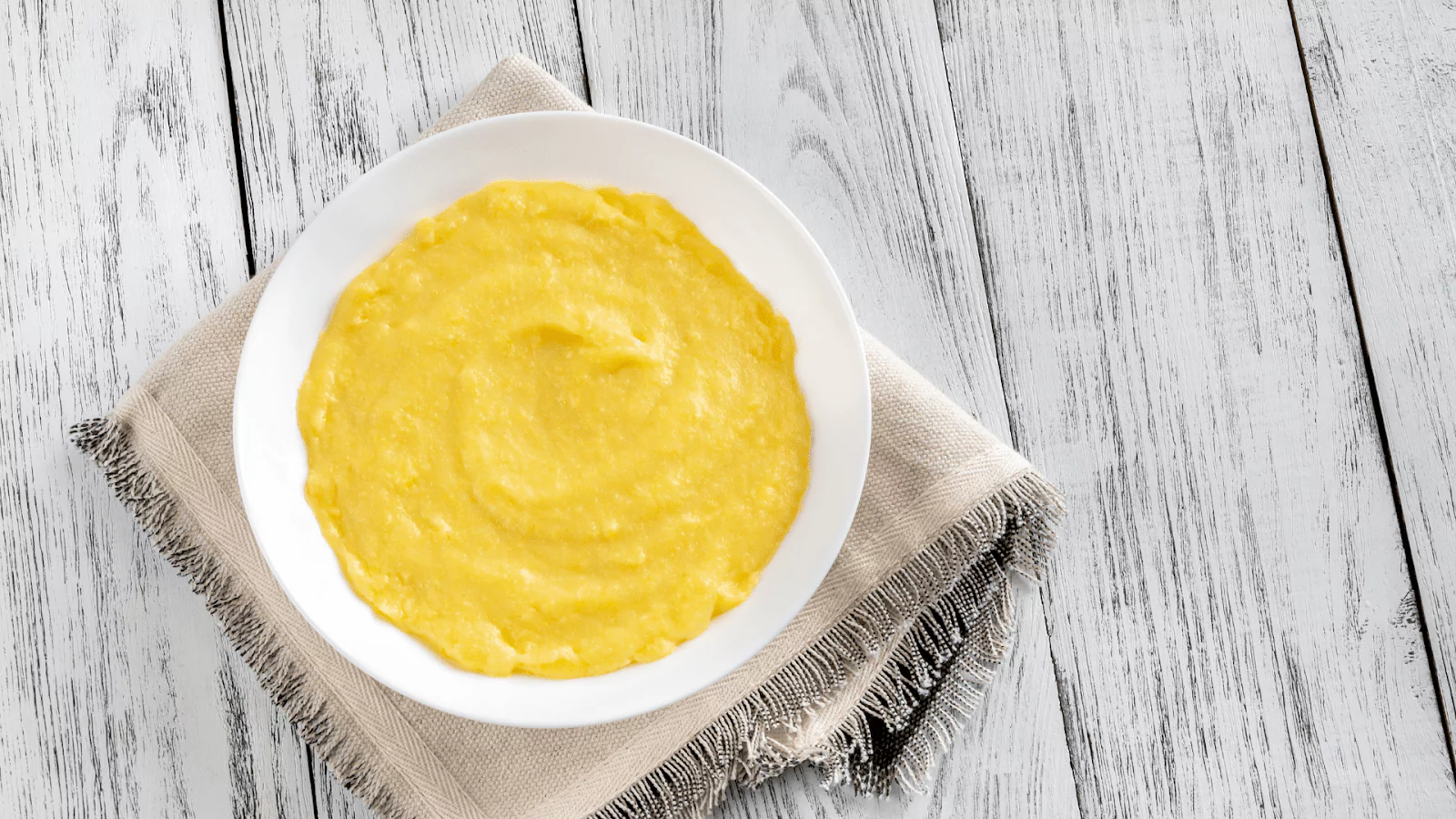
Boule, pronounced boo-lay, is a traditional African dish made up of various ingredients depending on the region it's from. It is a porridge-type dish of mashed cornmeal that you can eat as a main course or side dish.
Though there are many different countries and tribes with their own variations, the cuisine has some common elements across the board. It includes primarily grains filled with protein and fiber, making it a perfect appetizer or snack. Depending on what you make it with, it can be rich in whole grains, have all the phosphorus, magnesium, and vitamin content of maize, or the thiamin and vitamin B6 of sorghum. It's a versatile dish with a versatile list of nutrients.
Whatever the base grain, Boule is also usually flavored with spices like ginger, garlic, and coriander and often served with rice or unleavened bread. And you can serve it with anything from cooked vegetables to your favorite meat. Check out this easy Boule recipe we love.
8. Ceviche [Peru, South America]
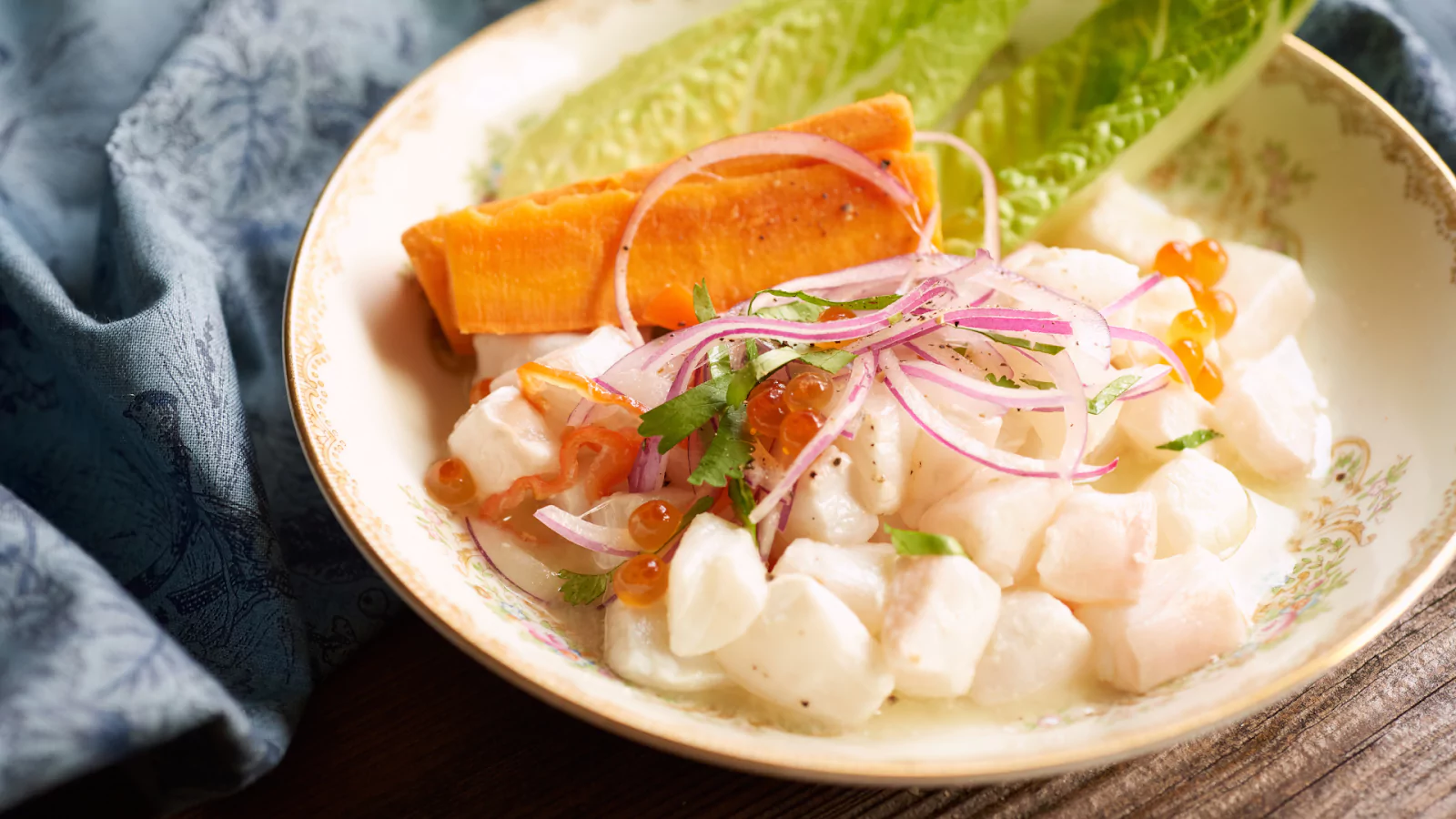
Ceviche is a popular dish throughout Latin America and the Caribbean. It usually includes raw fish or seafood, citrus juice, and seasonings. The acid in the lime juice "cooks" the fish, and the chili peppers give it a spicy kick. Ceviche has a tart, acidic flavor, and a firm texture. You can eat it as an appetizer or main course.
Ceviche's nutritional facts will change slightly depending on what seafood you use. Still, it's typically packed with protein, vitamin D, potassium, and calcium. If you haven't tried ceviche before, you should. Check out this healthy Peruvian fish ceviche next time you need a refreshing afternoon snack.
9. Shakshuka [Tunisia, Maghreb, North Africa, and the Middle East]
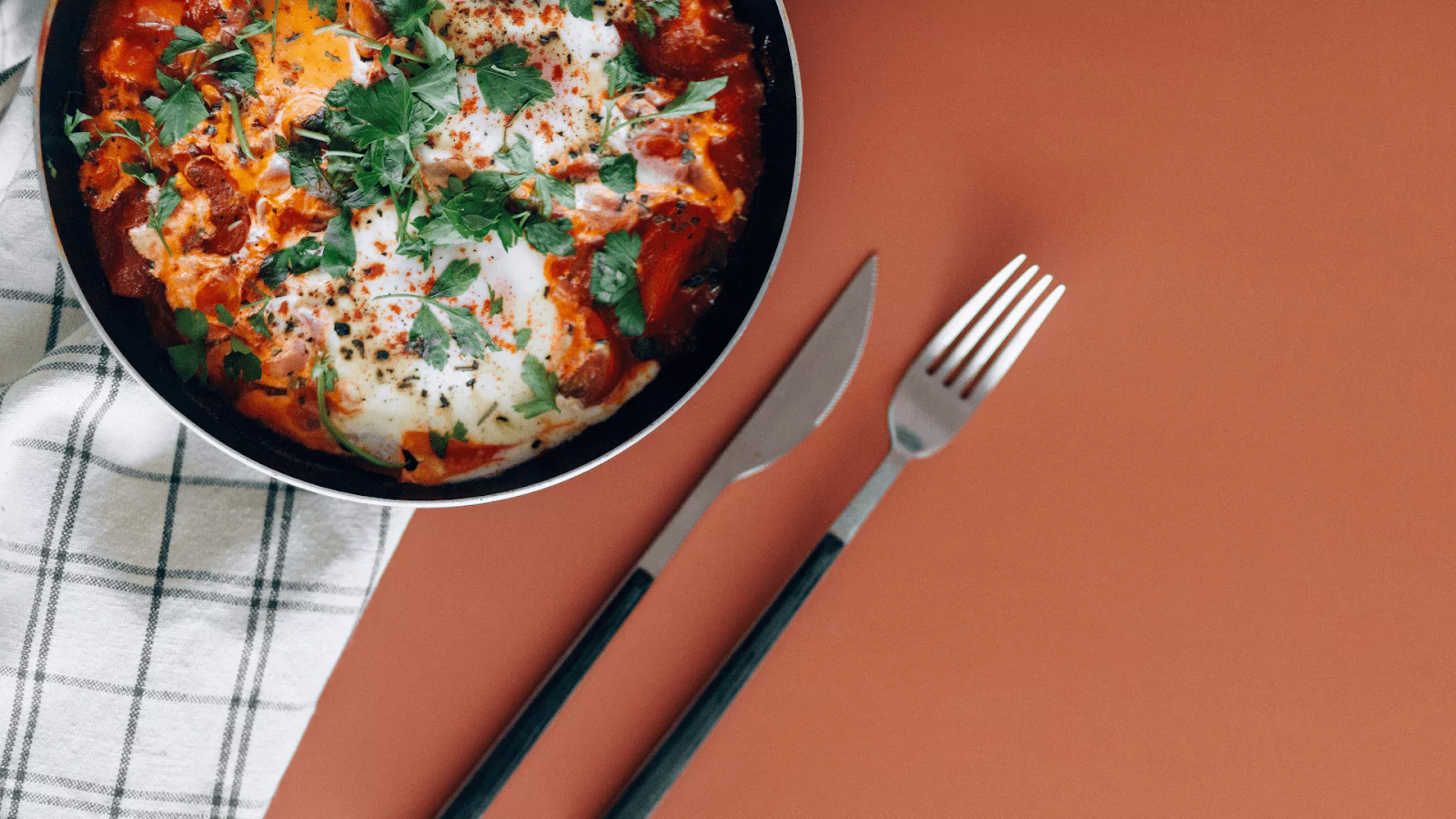
Shakshuka is a dish with origins in various places, including Tunisia, Egypt, Libya, and Morocco. It's made with eggs baked in a delicious, spicy sauce of tomatoes, peppers, and spices. Thanks to its high protein, fiber, and antioxidant content, it's a nutrient-dense food.
Additionally, shakshuka has anti-inflammatory properties that can benefit your health. This dish is high in protein, fiber, and vitamins A and C. Packed with protein from the eggs, this dish can be satisfying and satiating, both helpful for people seeking weight loss. Shakshuka is a healthy and flavorful meal that you can enjoy for breakfast, lunch, or dinner.
This shakshuka recipe is easy to follow and will make your kitchen smell amazing.
10. Kasha [Eastern-Europe and Asia]
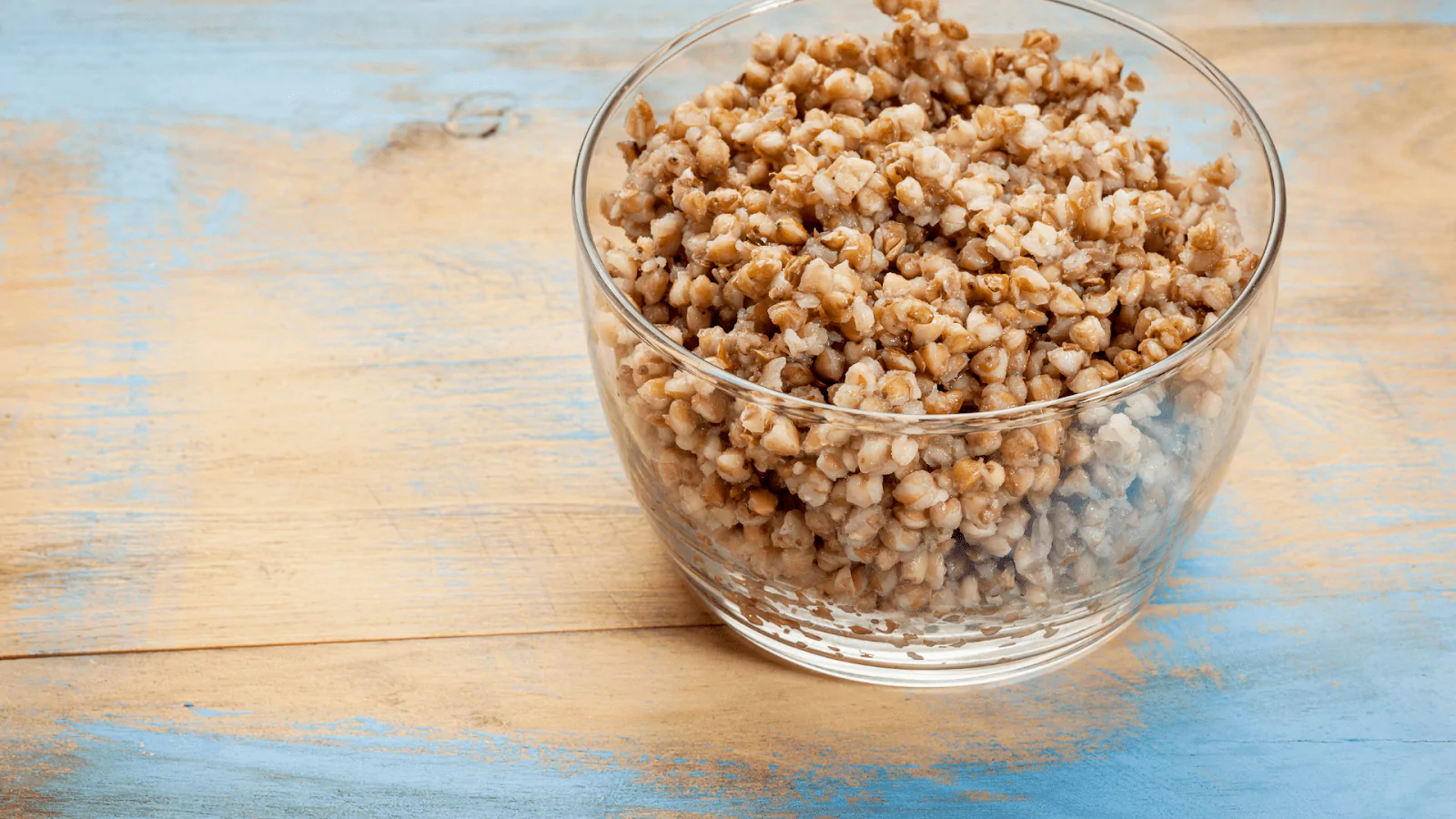
Kasha is a cereal made from buckwheat, which is not wheat at all, but a fruit seed related to the rhubarb plant. Kasha is a century-old favorite from East-Central and Eastern European countries, also famous in the United States as a healthy and delicious alternative to oatmeal or other breakfast cereals.
Buckwheat is high in protein, fiber, and minerals like potassium, making it an excellent choice for a nutritious breakfast. You can prepare Kasha in many ways. Soak it overnight to make a porridge-like consistency, cook it with water or broth for a more traditional cereal texture, or bake it into pancakes or muffins.
It's also an excellent way to add healthy calories, fiber, protein, and minerals to your diet. Hayes adds a pro tip here to make it even healthier. She says, “To make this a full meal, try pairing with berries and a source of protein, like nut butter. Make it savory with eggs and fresh herbs—it's just as versatile as it is delicious.” Check out this Kasha recipe to start your day on the right note.
Find the right Nutrisense programto turn insight into progress.
Go Beyond Glucose Data with Nutrisense
Your glucose can significantly impact how your body feels and functions. That’s why stable levels are an important factor in supporting overall wellbeing. But viewing glucose isn't enough. Nutrisense, you’ll be able to learn how to use your body's data to make informed lifestyle choices that support healthy living.
One-to-one coaching
Sign up to access insurance-covered video calls to work with a glucose expert: a personal registered dietitian or certified nutritionist who will help tailor your lifestyle and diet to your goals.
Monitor and measure what matters
With the Nutrisense CGM Program, you can monitor your glucose with health tech like glucose biosensors and continuous glucose monitor (CGM)s, and analyze the trends over time with the Nutrisense App. This will help you make the most informed choices about the foods you consume and their impact on your health.
Find your best fit
Ready to take the first step? Start with our quiz to find the right Nutrisense program to help you take control.

Carlee's training at Western Illinois University and an internship at the Memphis VA Hospital lead her to a career in outpatient counseling and bariatric nutrition therapy. In these positions, Carlee realized many of the disease states (upwards of 80%!) her patients experienced were actually preventable. She knew she had to dig deeper into preventative health and has since been passionate about helping people translate this complex glucose data into actionable changes anyone can implement into their everyday lives.




